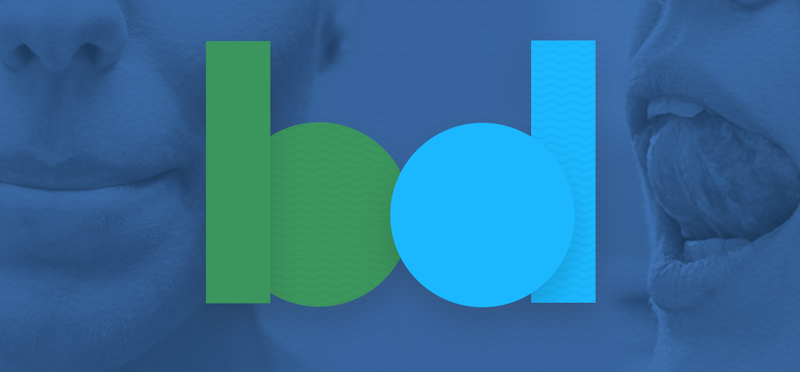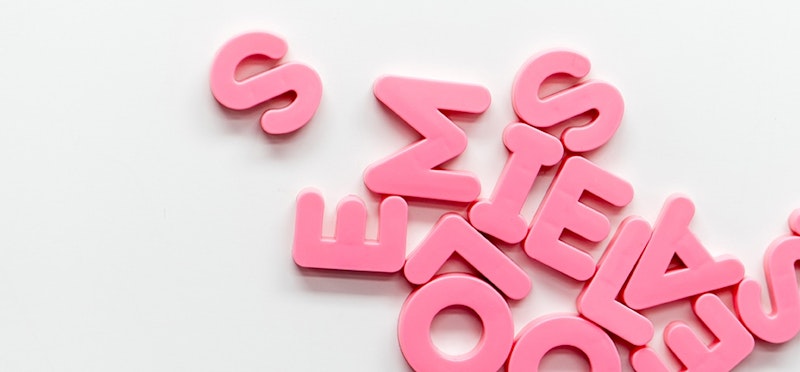
The definition of the words homonym, homophone, and homograph make them meaningless terms unless we can come to an agreement on one concept: If two words have the same spelling and same pronunciation, they are not two words, but only one.
To be perfectly clear, I'm saying that we agree, for the purposes of defining those three words, that words like stamp and table that have more than one meaning are still just one word.
Why is that, you're probably asking?
The Two Words We Do Need
Young readers can have trouble with words that look alike but are pronounced differently. An example is wound. Clearly the word wound in "He wound up and pitched" is a different word than in "His wound was deep." Both are spelled the same, but they are pronounced differently and have different meanings.
We could use a word to describe the word wound, and similar words like wind, live, close, bow, lead, contract, desert, and at least a hundred more like that, words spelled the same but pronounced differently.
Many think we already do have such a word. They think it's homograph which roughly translates to "same-picture."
Teachers and parents could also use a word to describe two or more words that are pronounced the same, but are spelled differently and have different meanings. Words like two, to, too, or write/right/rite/Wright, or threw/through, or tracked/tract are in this category
Again, many think we have a word for these. It's homophone which roughly translates to "same-sound."
The Problem
Here's how dictionaries define the three words (from the online Merriam-Webster dictionary):
- Homographs are spelled the same, but differ in meaning or pronunciation.
- Homophones are words that sound the same but are different in meaning or spelling.
- Homonyms can be either or even both.
On first glance, the definitions of both homograph and homophone look like they are exactly the terms we need. But look closer. Both definitions have the word or in them, rather than and. So, two words are homographs if they are spelled the same and differ in pronunciation, which is what we want. But so are two words that are spelled the same but differ in meaning.
Well, that makes a whole lot of words homographs. Essentially any word in the dictionary that has two unrelated definitions becomes a homograph. Look around the room and you'll spot several. Now table and stamp are homographs because both have at least two different meanings. You can sit at a table while they table your motion, or you can stamp out a fire and put a stamp on a letter.
That's exactly why that bolded statement of concept at the top of the article is needed. By adopting it, the word homograph becomes exactly the term we need.
How About Homophone?
Same problem because of that word or in the definition. Yes, to, too, and two are homophones because they sound the same and differ in spelling, but so are table and stamp because they sound the same and differ in meaning.
Again, to return homophone to a useful term, we have to agree with the concept that stamp is only one word, not two, and so is table.
How It Stands Without That Agreement
I've just demonstrated that the words stamp and table are homophones, and that both are also homographs. Referring again to the above definition of homonym we see that it's either a homograph, or a homophone, or both.
What that means is that homographs and homophones are, together, called homonyms. So homonym is defining a class, a larger group consisting of all homographs and homophones.
Notice that the word stamp, which is both a homograph and a homophone, is therefore also a homonym. And so are (just a guess here) about half the words in the dictionary, any word with two distinct meanings.
Search Results
If you do a search for homographs or homophones on the web, you'll find the words that you expected to find, but you'll also find words like stamp, table, vent, couch, and on and on.
The result is that you become confused, especially when you find many of the same words in both searches. The word row is particularly popular for some reason. Anyway, those search results demonstrate that something is amiss, or at least is being sloppily defined. The answer is for teachers to take matters in your own hands and stand by the simple rule sated at the beginning of this article. You will then be able to use homophone and homograph in a useful way.
Two Suggestions
First, if you tell your class at the outset that you don't consider a word like stamp to be more than one word, you can use the words homograph and homophone to describe those two groups of words that tend to confuse young readers.
Actually, you doesn't even need to specify that until it's needed. Later, when a precocious student points out the dictionary definition of either word, the student can be informed that stamp is only a single word, not two or more, in your classroom.
As for the second suggestion, someone influential needs to come up with a third Latin/Greek term to categorize words like stamp and table, like homogene or homotype, or something similar, while changing the word or in other two definitions to the word and. Then we'd have three types of homonyms and they'd all make sense and be useful, unlike the present confused situation.
For now, though, just remember that we need to agree that stamp is only one word and then we can put homograph and homophone to a good, and needed, use.
Summing Up
Two Homophones can be confused when heard. (Is he saying too or two?)
Two Homographs can be confused when read. (Is read pronounced “reed” or “red”?)
And homographs and homophones are homonyms (along with a lot of other words like stamp and table that could use a different descriptive term instead of calling them all both homophones and homographs.)
Pronunciations
- Homonym: hah-mah-nym
- Homophone: hah-mah-phone
- Homograph: hah-mah-graph




